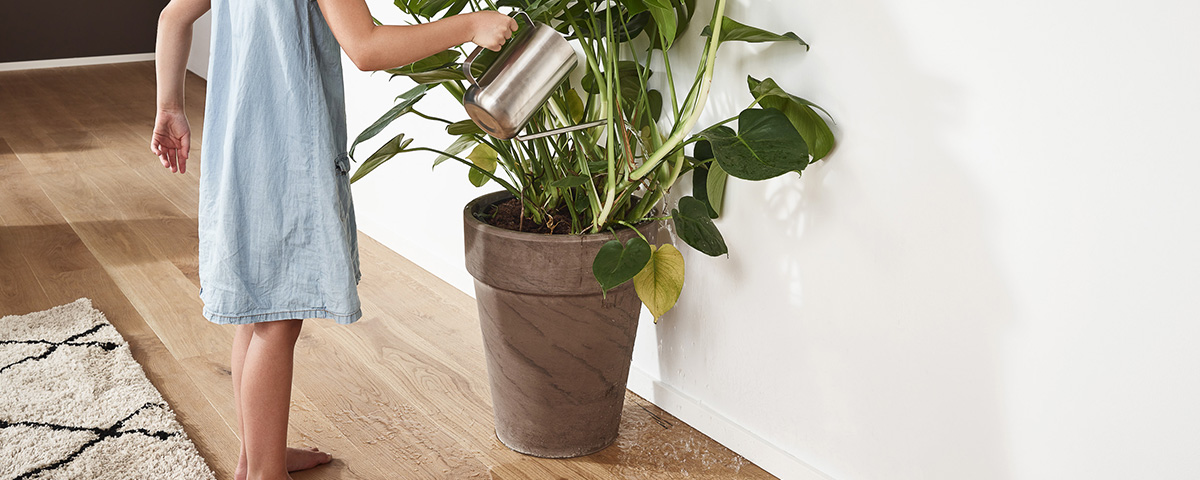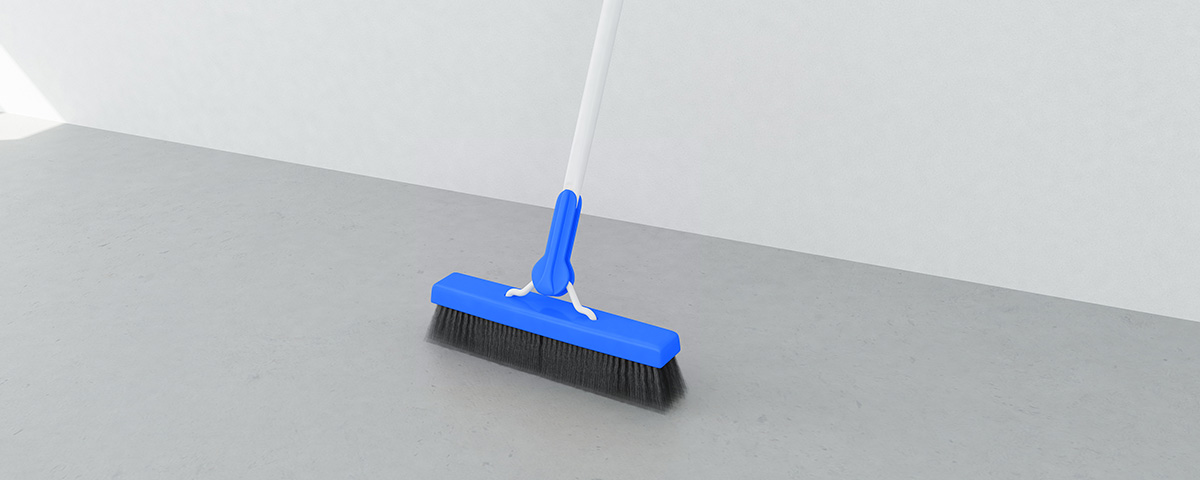
Which is the right underlay for me?
Make the right choice!
Before selecting the underlay, you must take into account the condition of the substrate as well as the requirements that apply to the floor covering.
The following questions must be clarified:
What type of underfloor do I have? Screed or wooden floor?
The underfloor is a key factor influencing the choice of underlay. On mineral substrates, you must apply moisture protection, while the priority on wooden substrates is more on compensating for voids.
Why do I need moisture protection?
The innovative AquaStop™ technology offers reliable protection against damage to the laminate and wood flooring floors caused by moisture from the substrate.
Residual trapped moisture in the floor can occur both in renovated premises as well as in older buildings. For this reason, it is always necessary to apply moisture protection to mineral substrates. The need for this is governed in the technical data sheets issued by the EPLF®, the Association of European Producers of Laminate Flooring.
he moisture protection can either be integrated in the underlay (AquaStop™ products) or laid separately as a moisture protection film (SELITstop®). To ensure execution in line with standards, vapour-tight sealing must be applied to joints using the SELITstop® Aluminium-Foil Sealing Tape and to the wall connection area using SELITstop® sealing edge spacer.
You can recognise AquaStop™ products from SELIT by the AquaStop™ logo on the product insert and by the gold or silver film. All products are printed with the easy cut® grid pattern so that they can be cut precisely to size. Properly fitted, the AquaStop™ products provide reliable moisture protection and ensure that the warranty for the floor covering is maintained.
Should I lay over a hot-water underfloor heating system?
Since both laminate as well as wood flooring are good insulators, you should carefully consider the merits of laying either product over an underfloor heating system. Although it is possible to lay these products in principle, you should bear the following in mind: The thermal-conductance resistance of the entire floor construction (insulating underlay + laminate/wood flooring) combined should not exceed 0.15 m²K/W. The lower the value, the better the efficiency of the underfloor heating system.
Am I bound by restrictions in the installation height, for example, if I have existing doors and timber frames?
Particularly when renovating old buildings and rooms, the installation height (underlay + floor covering) is a key criterion if you do not wish to replace or trim the “old” door leaves and timber frames. A level connection of the floor to the next room must also be guaranteed.
Do I have uneven spots in the underfloor?
To ensure that the upper floor surface rests snugly on the substrate without the formation of voids, any surface irregularities must be removed. An underlay strip that can compensate for uneven spots while offering high pressure stability is the most suitable. Many silent laminate floors are fitted with an insulating underlay that is either too thin (< 1 mm) or too hard and cannot meet these requirements.
Can I lay the products on cold floors, for example, above cellars?
Thermal insulation is a positive “side effect” of underlays. Particularly floors over cellars can very quickly become cold. With the right underlay, you can provide the floor with additional insulation, thereby increasing the feel-good factor.



